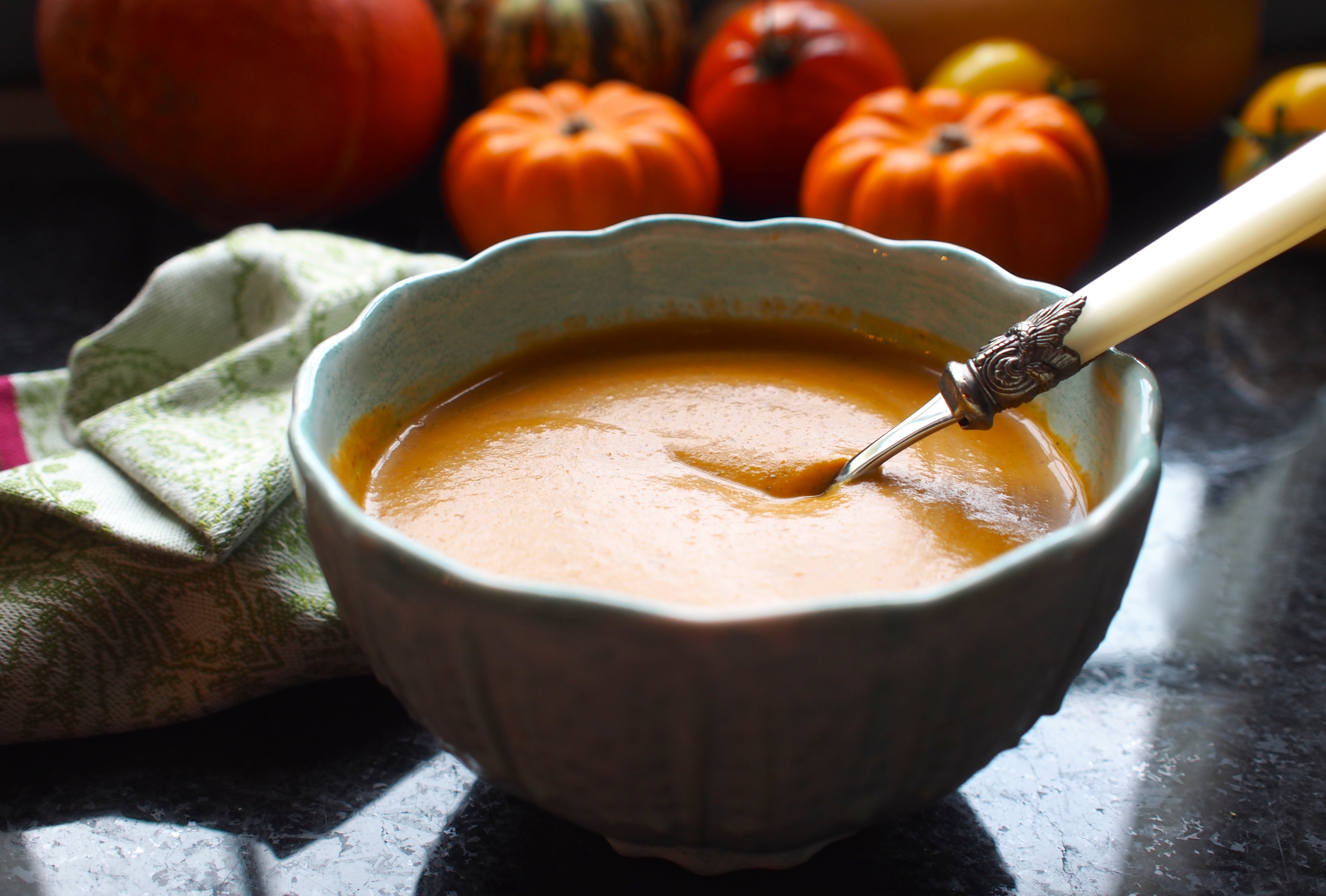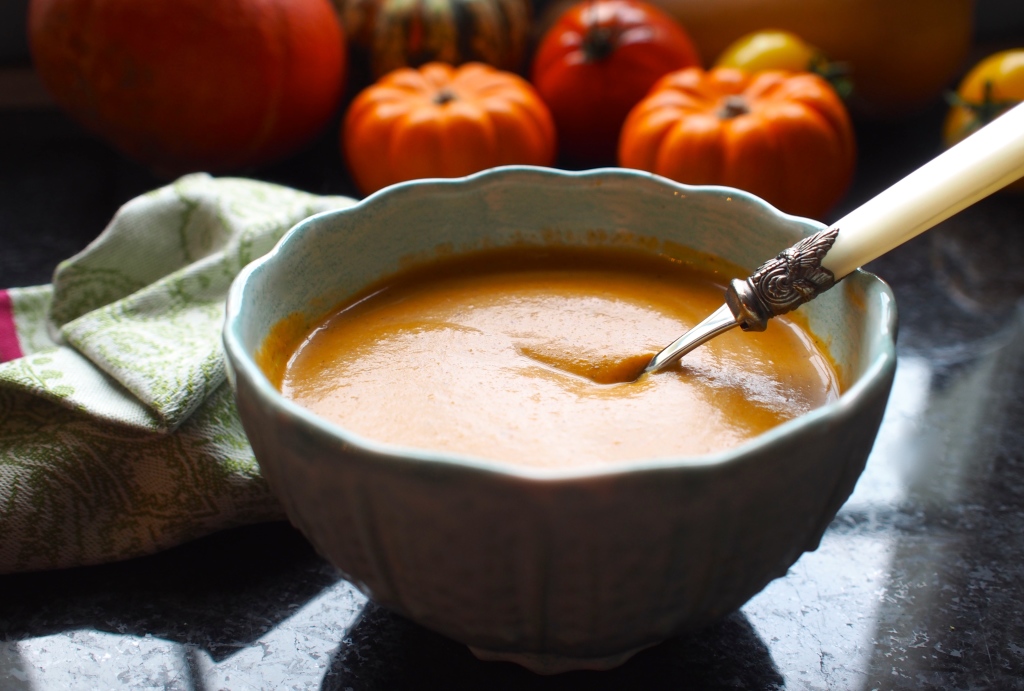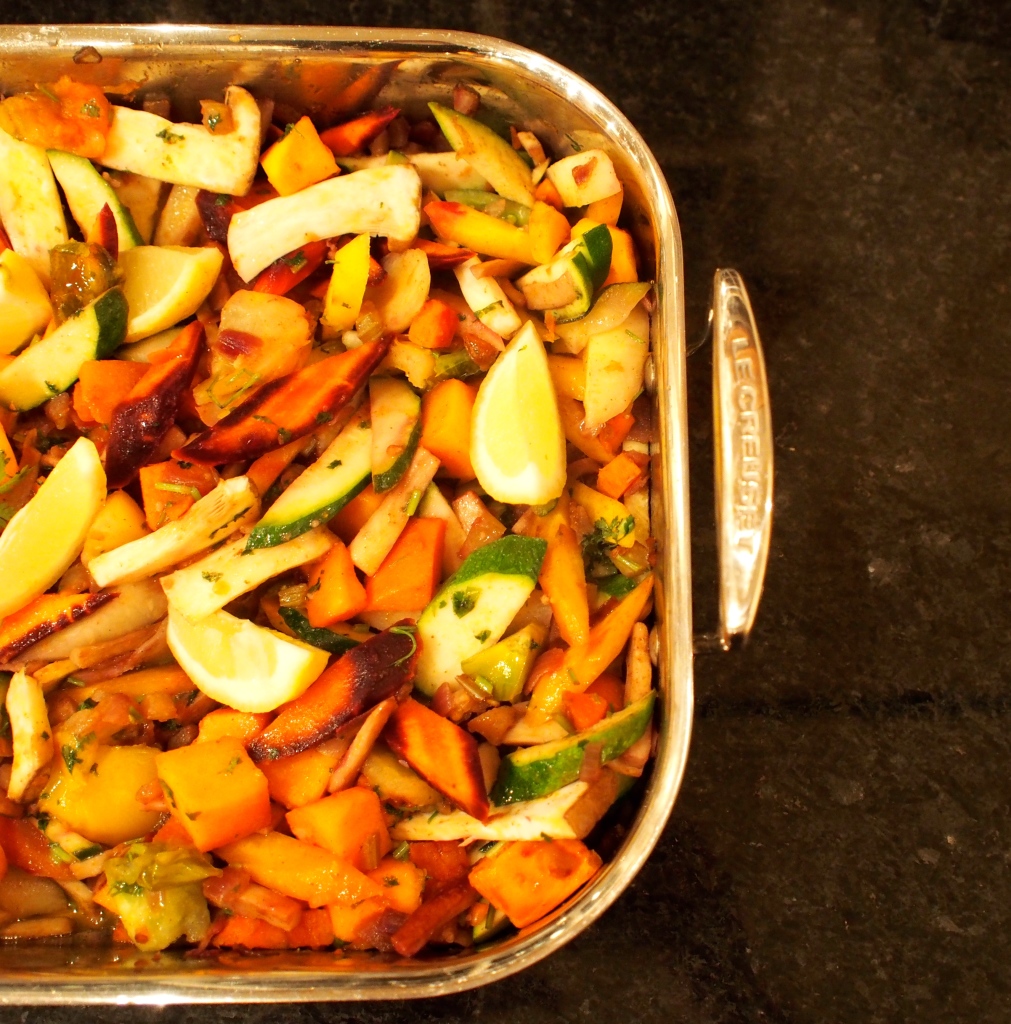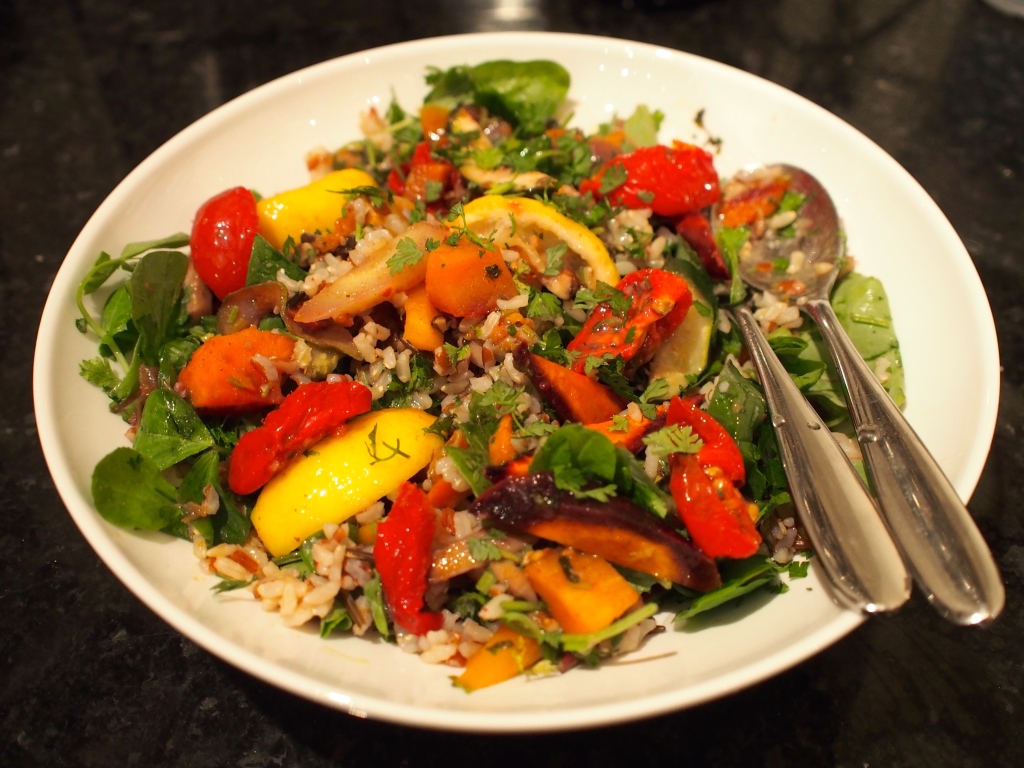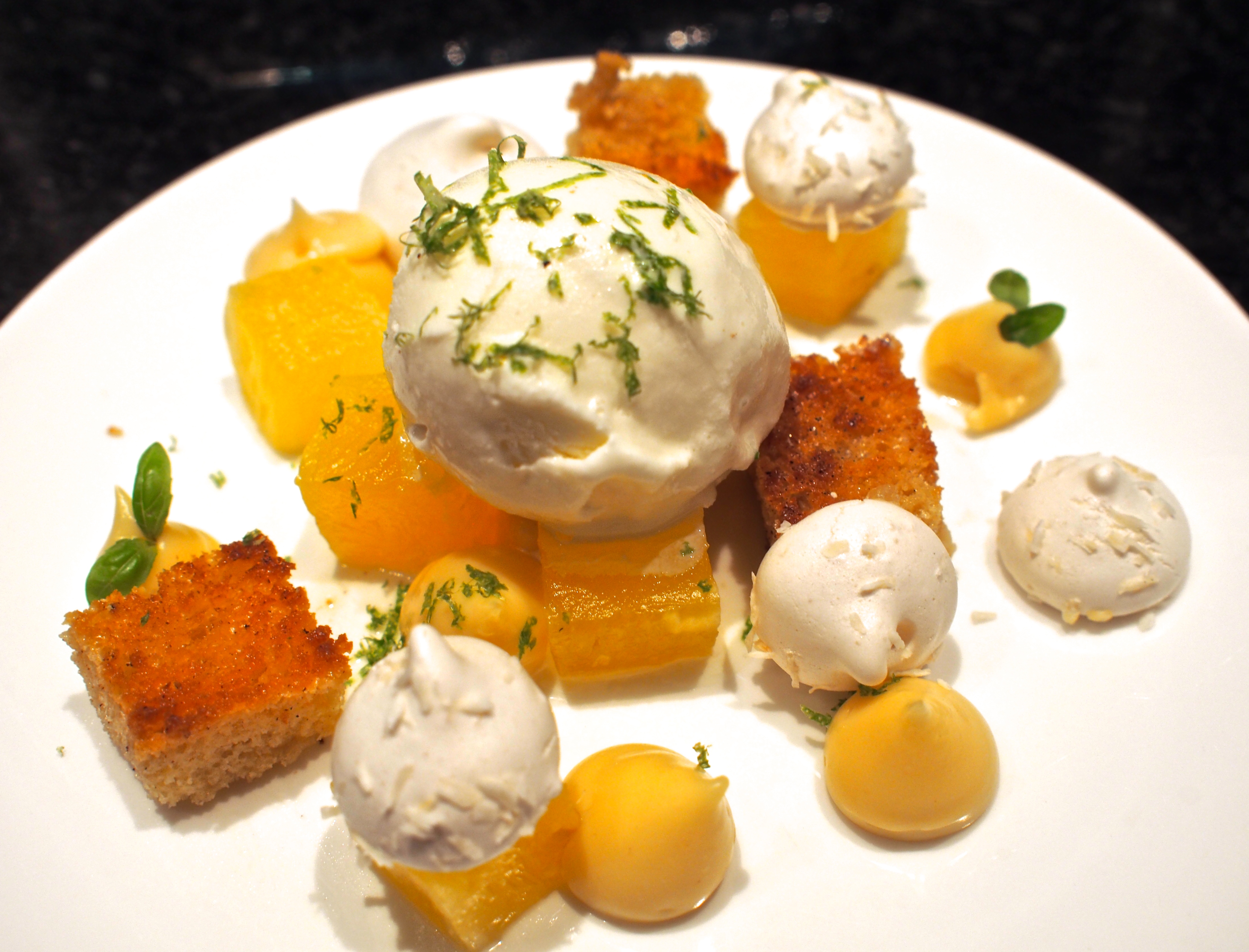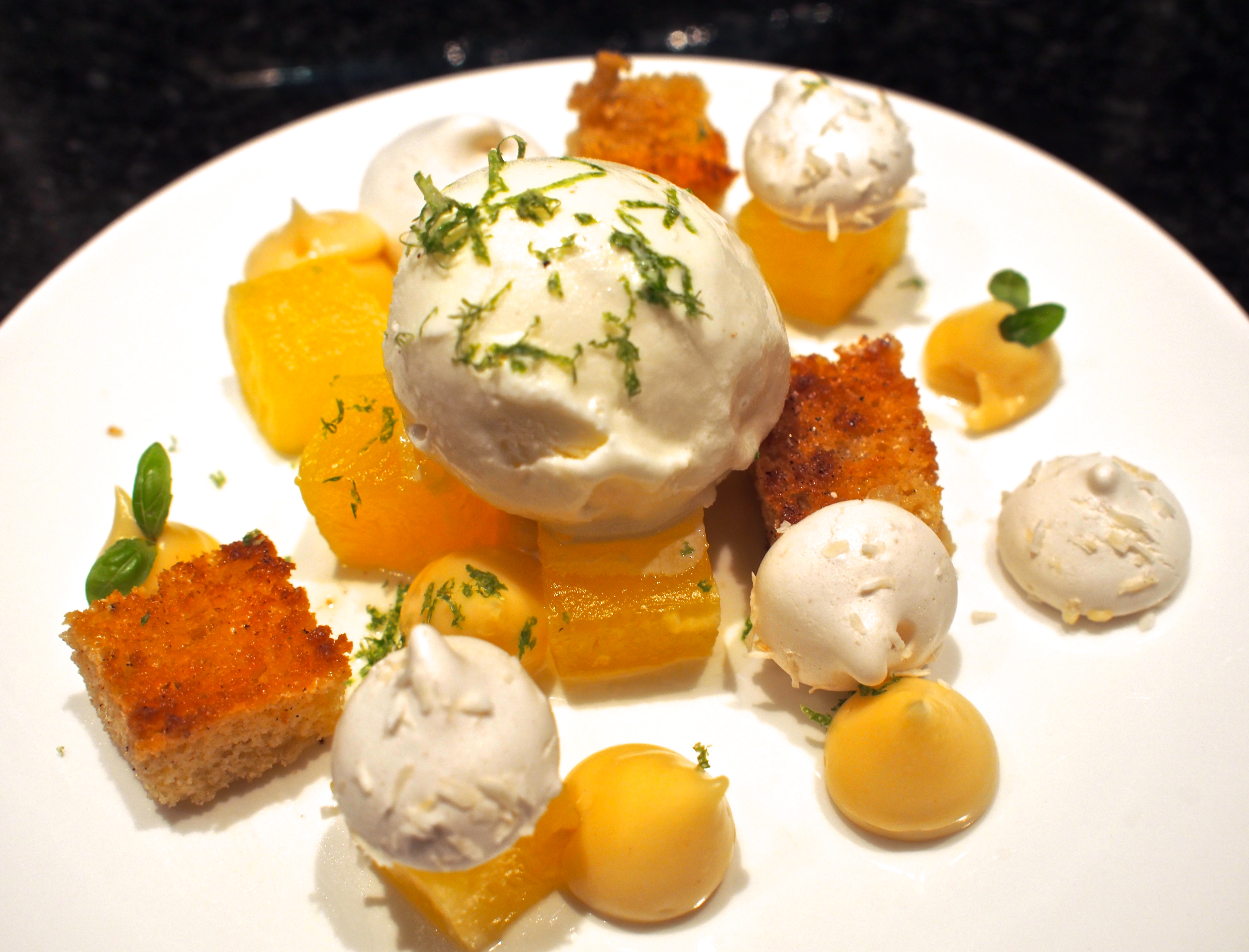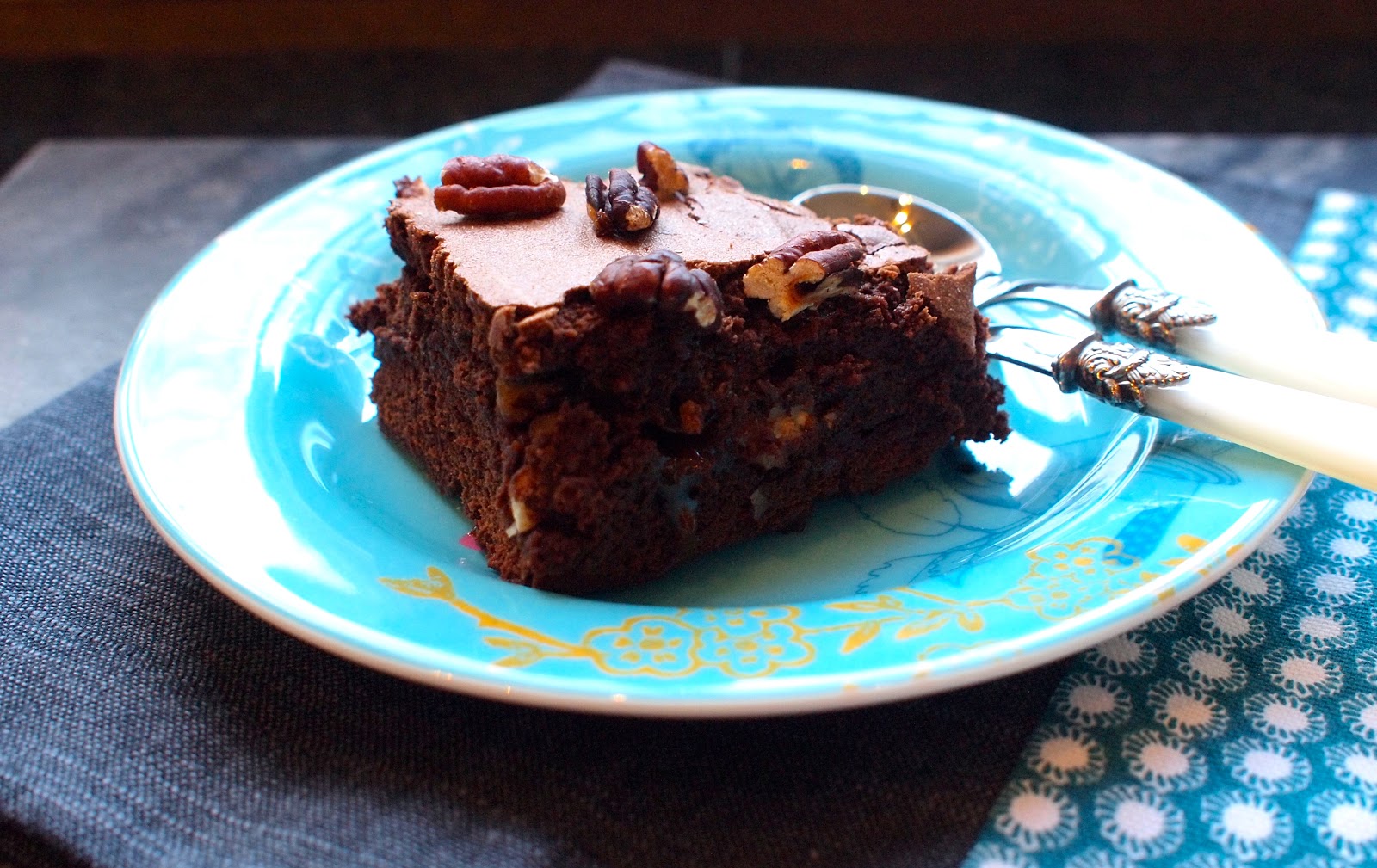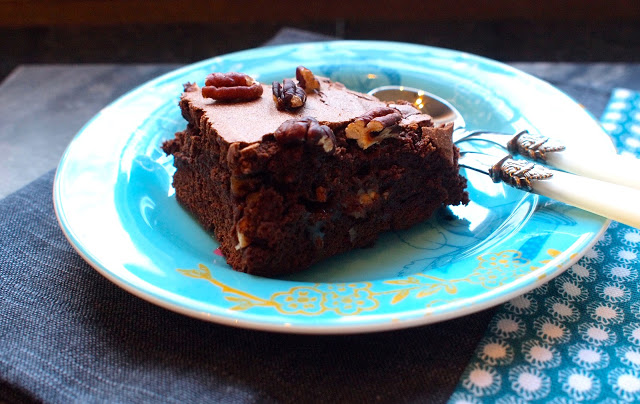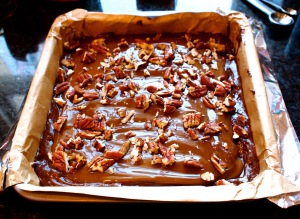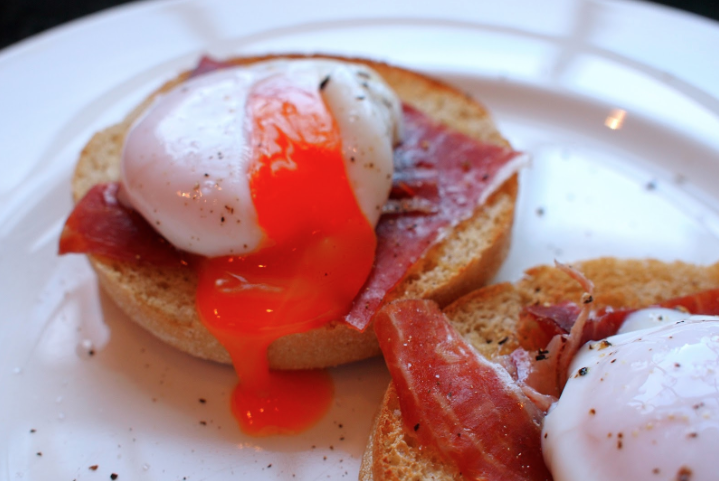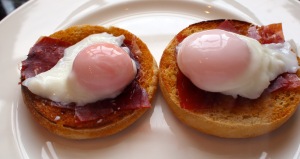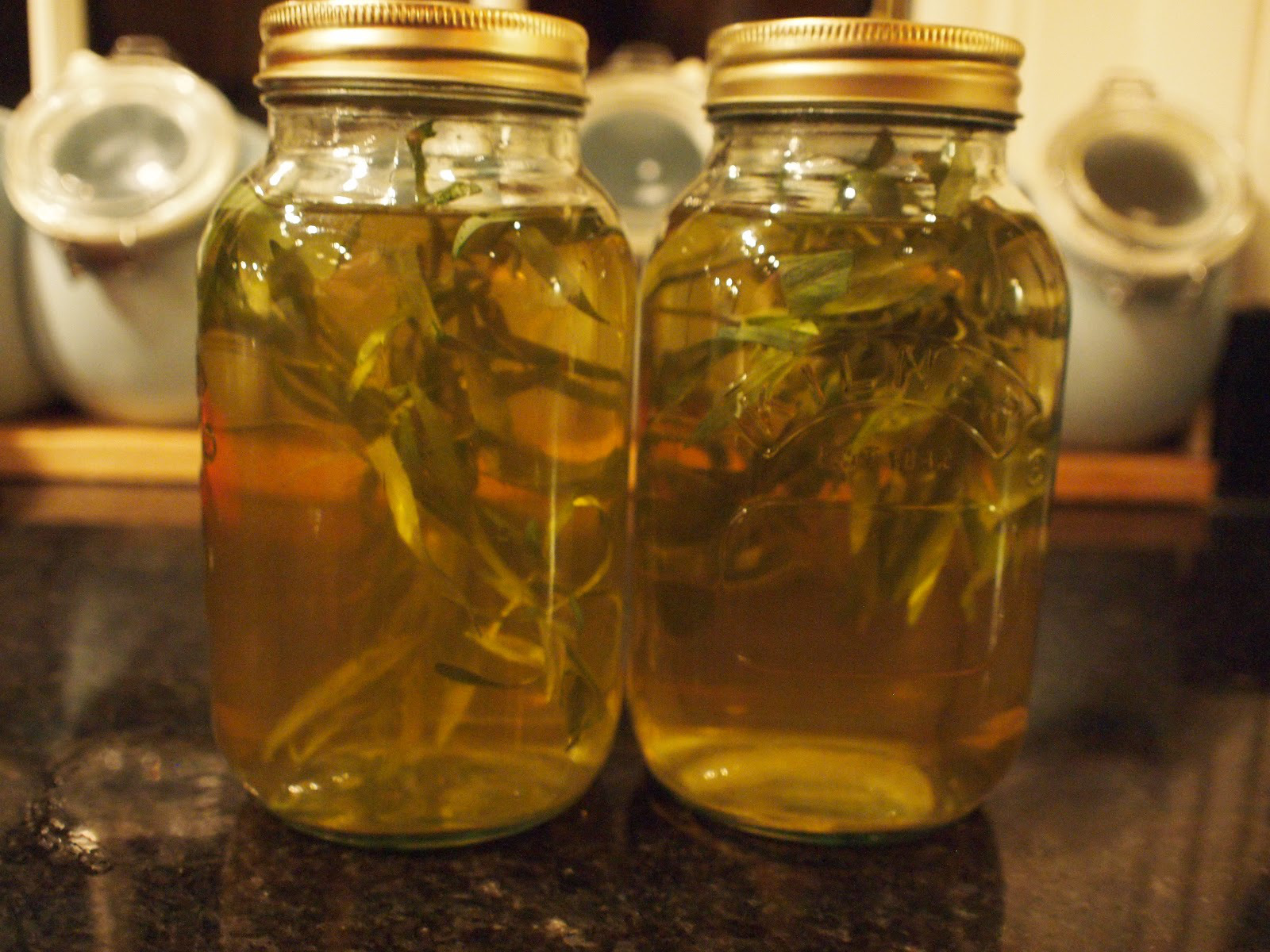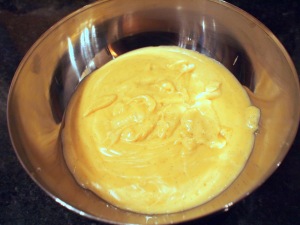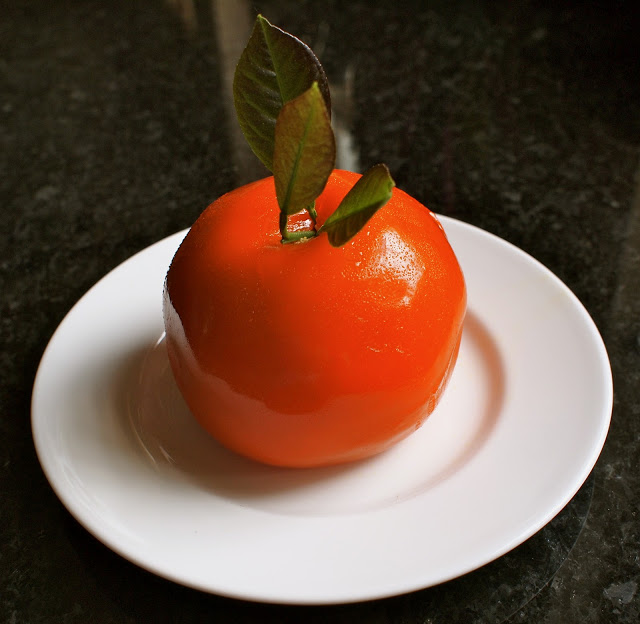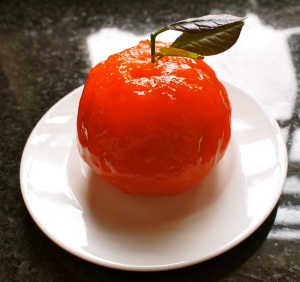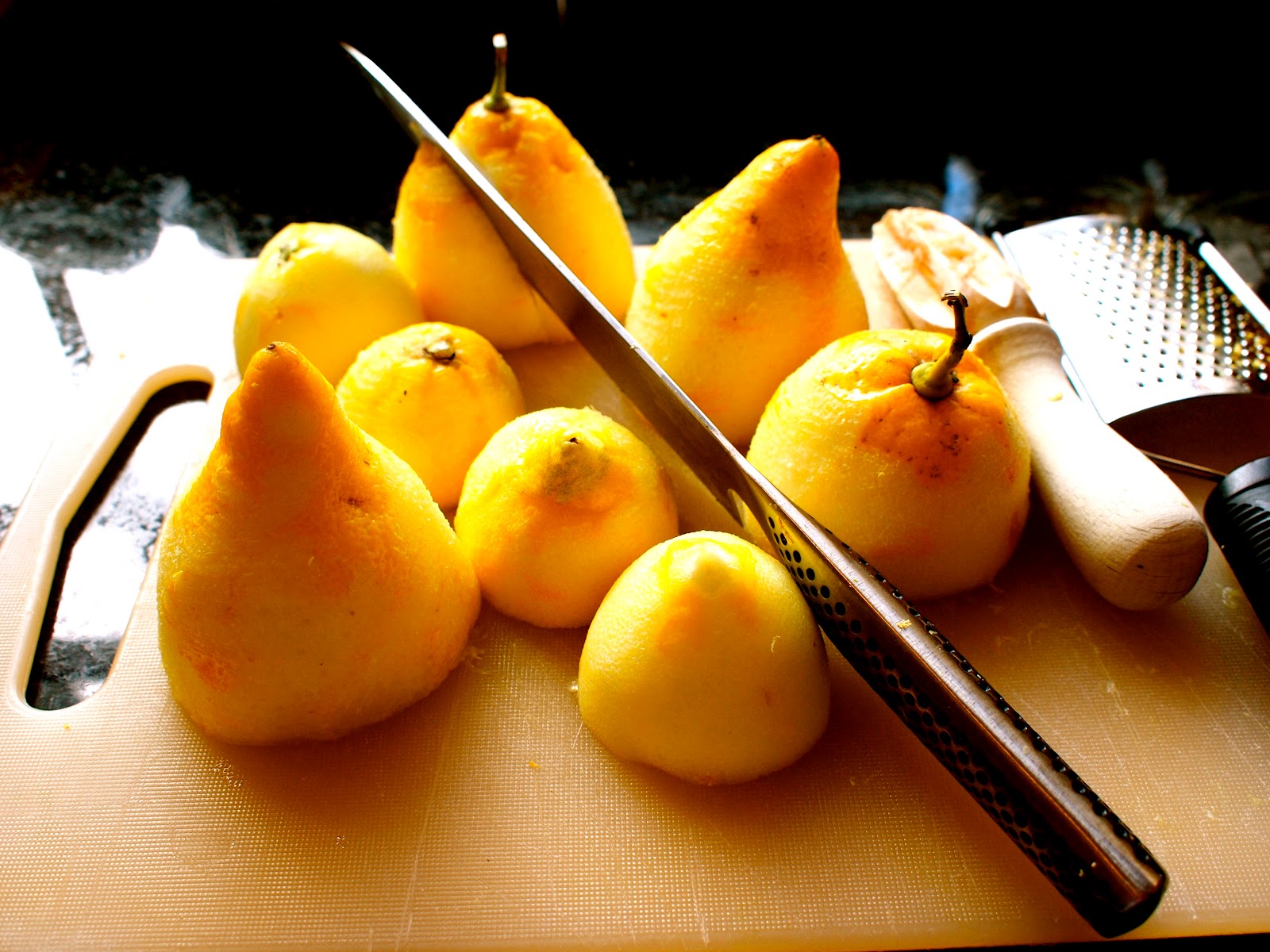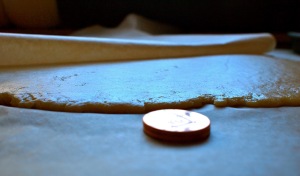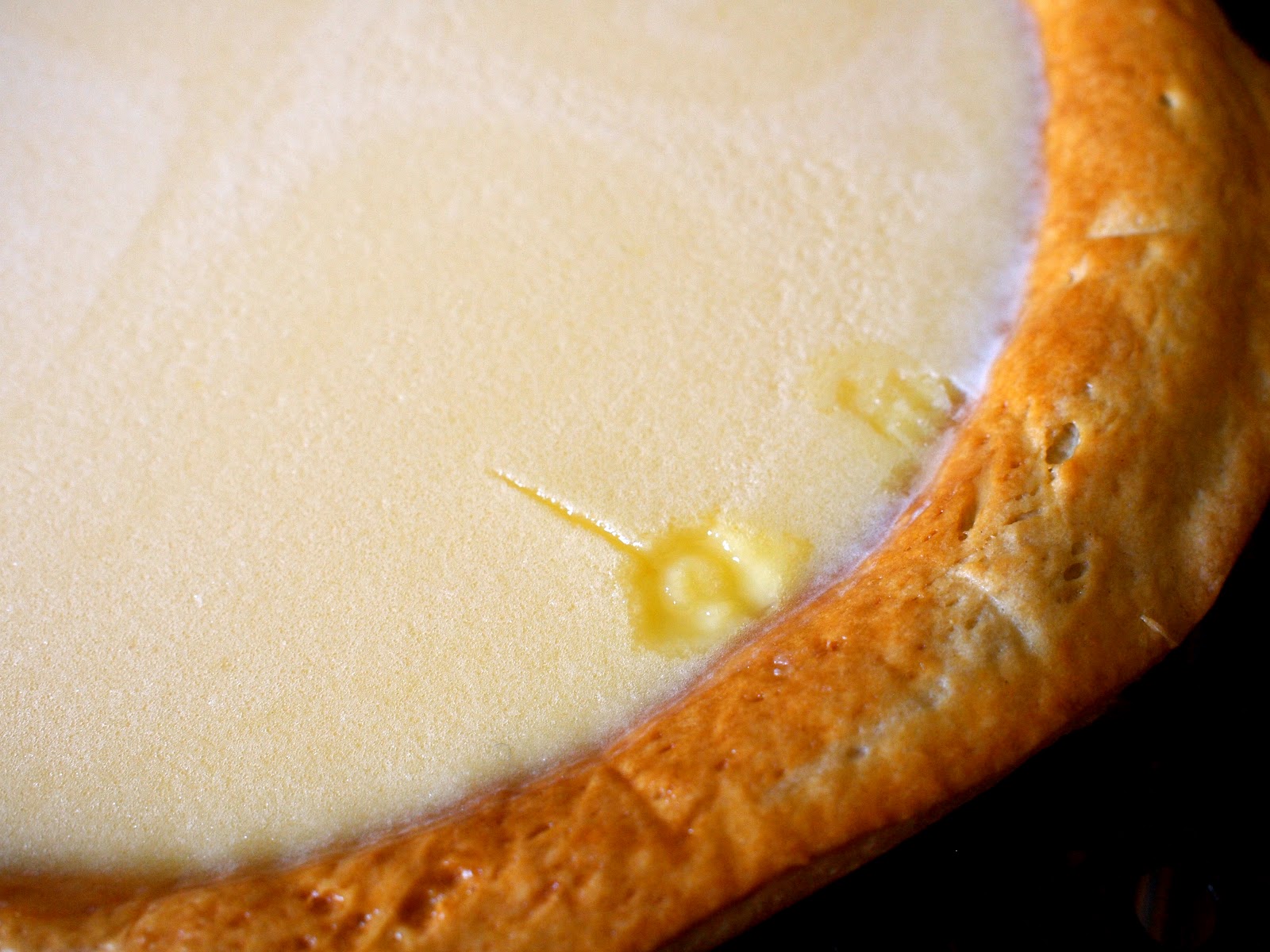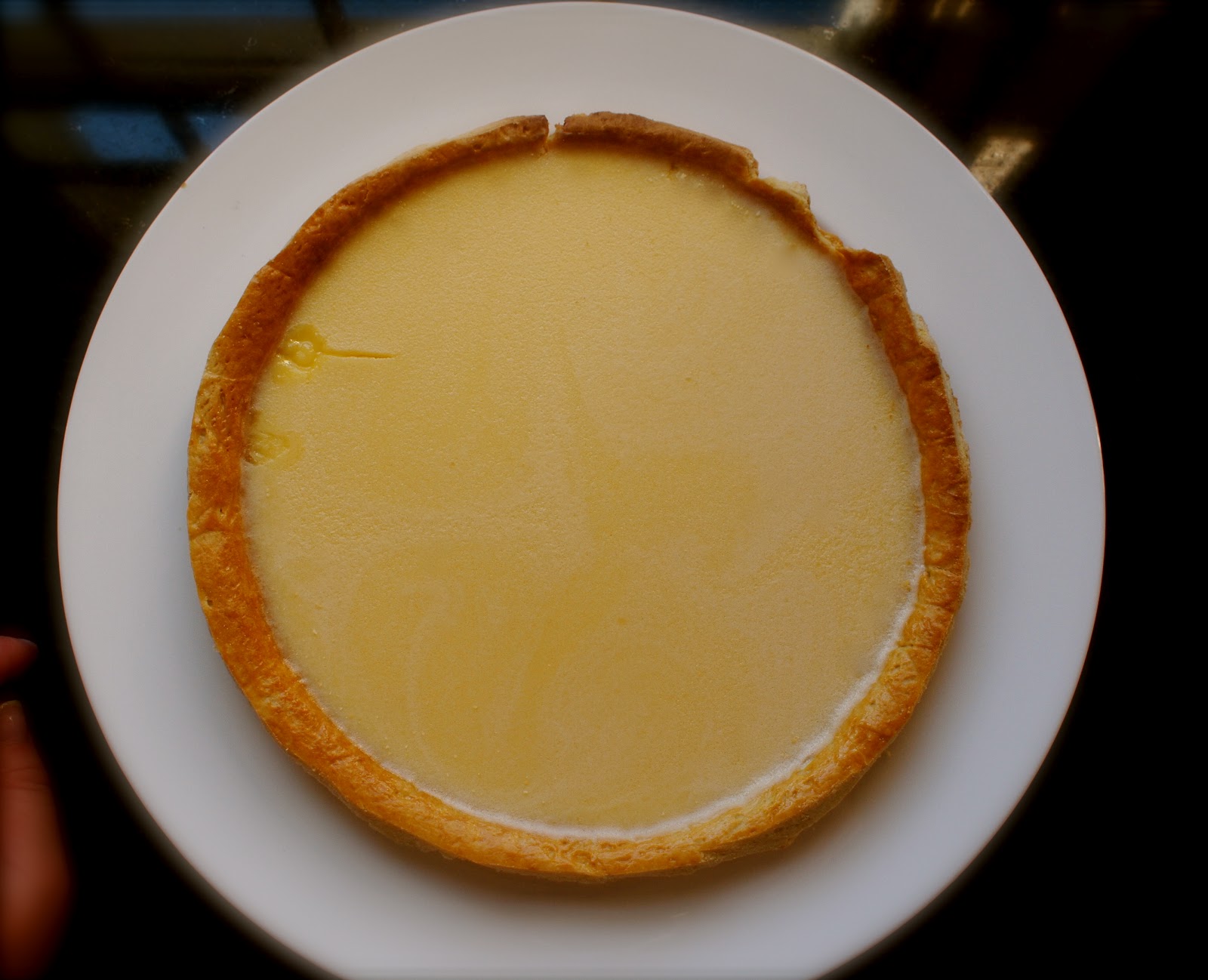Autumn is a glorious time for cooks, although we’ve had the bounty of spring and summer, it’s now time for pumpkins, squash, and spicy soups in front of a roaring fire. This recipe is very definitely a two for one – it begins as a roasted vegetable and wild rice salad, and the following day becomes a delicious soup!
Ingredients:
1 tsp garam masala
2 cloves garlic
300g soffritto or mirepoix (2 red onions, 2 carrots, 2 large celery stalks, all fined diced)
olive oil to fry the vegetables
1kg mixed vegetables (king oyster mushrooms, butternut squash, heritage carrots, heritage tomatoes, 2 courgettes)
1 large lemon, cut into wedges
1 large bunch of chervil or parsley
100g mixed salad
Method for the salad:
- If you’re using wild rice, you’ll need to put this on first, as it takes 40-50 minutes to cook. The ratio for rice to water is usually 1 part rice, to just over 2 parts water or stock. My one cup of rice was more than sufficient for four portions of salad
- Fry the soffritto in the olive oil, with the garlic and garam masala. If your using mushrooms, you can cut the stalks into dice or matchsticks, and add them to the soffritto, as I have done
- Prepare your vegetables into quills, or a shape of your choosing. For quills, cut your carrot, for example, into a slanted wedge, then cut that into half
- Incorporate your vegetables with the fried mixture, and pop them into a 180ºC oven for around 30 minutes – you’re not looking to roast the colour or flavour out of them, just to add some additional flavour through caramelisation. I also added the stalks of the chervil, finely chopped, and lemon wedges
- When the rice is ready, combine the salad, roasted vegetables and rice into a bowl, and dress with a little more chervil. You may need to rinse the rice in a little water, if it looks as though it is going to become too starchy
Although I was eating the salad on my own (Hubby having cooked meat for the others), I made a full portion so that I could make soup the following day. You do have to be careful using pre-cooked rice, as it can contain bacteria. I blended mine in my Thermomix for 10 minutes, 100C, initially at speed 10, but then reducing it to speed 4. If you’re blending it normally, you will need to bring it back to the boil as a precaution. Swirl a little creme fraiche onto the top and snuggle up!
